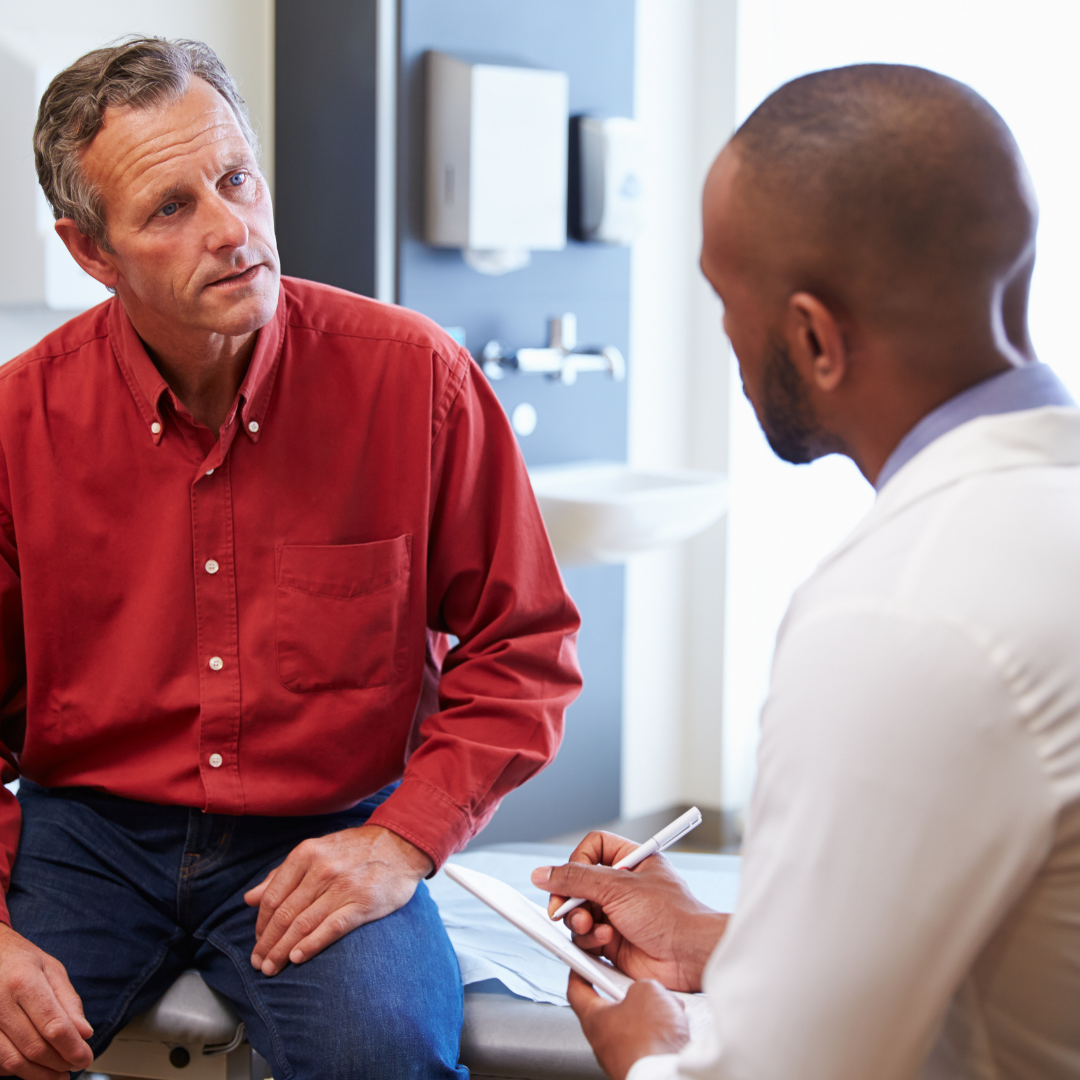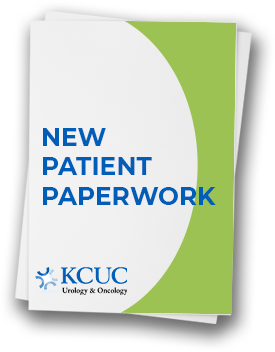What is a Vasovasostomy?
A vasovasostomy is a “vasectomy reversal” where the cut ends of the vasectomy are freshened and then sewn back together. With over 20 experienced urologist office locations in Kansas and Missouri, the doctors at KCUC proudly offer vasovasostomy procedures aka vasectomy reversals in Kansas City, Overland Park, Emporia, Leavenworth, Clinton, Liberty, Olathe, Harrisonville, Independence, MO, and the entire KC metro area.
What is the purpose of a vasovasostomy?
The reason to perform a vasovasostomy or “vasectomy reversal” is to allow a male patient to reestablish the presence of sperm in his ejaculate for the purpose of conception. It is a microsurgical operation that re-connects the vas deferens (the tube that carries sperm into the ejaculate) that was previously cut during a vasectomy. The procedure usually takes 1 to 2 hours and is done in an outpatient setting, often in a surgicenter with the necessary specialized equipment. It allows for a couple to attempt to conceive naturally following a vasectomy.
What are the common symptoms following my vasovasostomy?
A small amount of bleeding or bloodstain on the surgical gauze dressing is expected. Sometimes the incision may separate slightly before healing. There may be some swelling, bruising, and firmness at the site of the incisions. Pain should be controlled with minimal narcotics.
General Post-Operative Instructions:
(These are general guidelines and should not be considered direct instructions from your doctor)
Please review the instructions below to assist in your recovery from your vasectomy reversal.
- Wear the scrotal support for at least one week following the procedure.
- Place an ice pack (a bag of frozen peas works well) over the scrotum on top of gauze dressing – change every few hours until bedtime for 48 hrs after the procedure.
- Keep the gauze and fluff dressing in place for one to two days and soft compression underwear for one week.
- Relax and rest for one to two days following your procedure. Avoid excessive walking, sitting for prolonged periods of time, and unnecessary exertion. You will recover quicker and easier if you take it easy for these days immediately post-op.
- Avoid exercise (no running, heavy lifting, straining, etc.) for one to two weeks. Avoid straddle activities like cycling, horseback riding for at least one month.
- Take the antibiotic as prescribed to help prevent infection.
- You may take the narcotic medication as prescribed for discomfort or you may take over-the-counter Motrin or Advil as directed. Do not take any aspirin products for two weeks following the procedure.
- You may shower after 48 hrs. Pat your scrotum dry — do not rub. Do not take a bath or go swimming for two weeks.
- The incisions were closed with absorbable sutures. These sutures dissolve on their own and do not need to be removed. There may be a small skin separation as the sutures dissolve.
- Abstain from intercourse and ejaculation for two weeks. Then, begin having frequent, regular ejaculation. This will help keep the reversal sites open and sperm traveling through the vas deferens into the ejaculate.

Frequently Asked Questions (FAQs)
Below we list the answers to some of the most common questions we get regarding vasectomy reversals in Kansas & Missouri. If you have any additional questions, please give us a call today.
What is a vasectomy reversal?
A vasectomy reversal is a surgical procedure for men to restore the flow of sperm from the testicles to the penis after a vasectomy, this is also known as a vasovasostomy.
Is a vasectomy reversal always or usually successful?
The success rates of a vasectomy reversal depend on various factors such as the length of time since the vasectomy, the patient’s age and health, and the surgeon’s experience. Generally, vasectomy reversal success rates are higher for men who have a vasectomy reversal within 10 years of the initial procedure. Please consult with your doctor for your expected success rate.
How long does a vasectomy reversal procedure take?
A vasectomy reversal typically takes 2-3 hours, but it can also be shorter or longer. Your doctor will be happy to provide you with an estimated procedure time prior to your vasectomy reversal appointment.
Is a vasectomy reversal painful?
Most men experience some discomfort and swelling after a vasectomy reversal, but this can usually be managed with over-the-counter pain medication. As mentioned above, following your vasovasostomy, any pain should be able to be controlled with minimal narcotics.
How long does it take to recover from a vasectomy reversal?
Depending on your line of work and job responsibilities, most men can return to work within a couple of days to a week after a vasectomy reversal, but full recovery can take several weeks. During this time, men should avoid any strenuous activity and heavy lifting.
What are the risks of a vasectomy reversal?
Risks associated with a vasectomy reversal include bleeding, infection, and dissatisfaction with the results. In some cases, the procedure may not restore the flow of sperm, and additional surgery may be required. Your doctor will be happy to consult with you on possible risks and your expected success rate.
How long after a vasectomy reversal can I try to conceive a child?
Most men can attempt to conceive a child within 4 months to a year after vasectomy reversal. However, the success rate of conception can vary depending on various factors. Please consult with your doctor on what to expect and the best steps for you following your vasectomy reversal in Kansas City, Overland Park, KS or any of our Kansas & Missouri locations.
Contact KCUC today and choose the Kansas or Missouri location closest to you for all of your reversal vasectomy reversal needs and questions in Kansas City.
When should I seek advice from my physician?
You should contact your physician if you develop any of the following:
- Fevers that are consistently above 101 degrees Fahrenheit
- Drainage of pus
- Large amounts of continuing bleeding and swelling
- Uncontrolled pain or nausea

